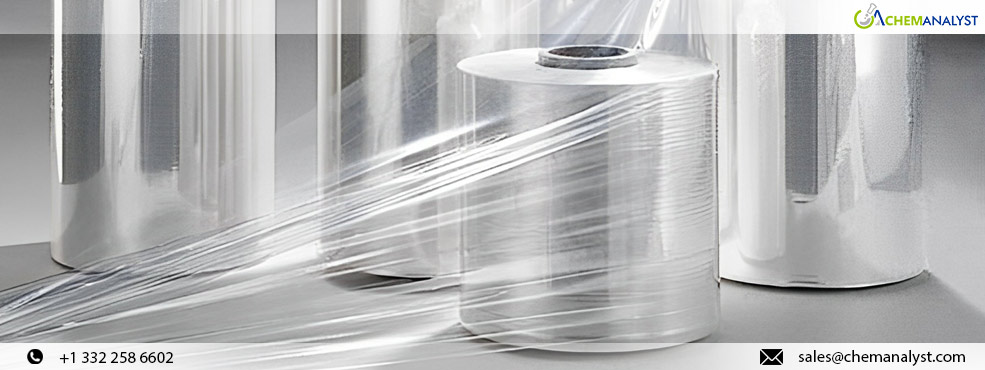European BOPP Film Prices Surge Amidst Feedstock Pressure and Supply Chain Scarcity
- 20-Mar-2024 2:43 PM
- Journalist: Harold Finch
Since February 2024, the price of Biaxially Oriented Polypropylene (BOPP Film) in the European region has been on a continuous upward trend. This increase can be attributed to several factors, including high-cost pressures from feedstock Polypropylene (PP). There has been a scarcity in the supply chain for PP, which has led to increased prices. Additionally, heightened uncertainties related to global trade dynamics have also contributed to the upward pressure on PP prices in the region.
The cost of feedstock Polypropylene (PP) saw a weekly increase of 1.4% by the previous week of March 2024, with raw material Propylene prices remaining on the higher side based on FD Hamburg prices. This rise in costs exerted significant pressure on downstream derivative sectors, particularly affecting the BOPP Film market. The increased prices of base products like PP have a direct impact on the manufacturing costs of BOPP, influencing its market dynamics and pricing.
In terms of demand, BOPP Film in the downstream packaging sector has remained average during the first half of March. This is due to consumers continuing to prioritize cost savings, opting for more affordable options, and trading down for cheaper alternatives. Furthermore, high-interest rates, and expensive raw material prices all contributed to a decline in fresh orders from the downstream merchants. Several manufacturers mentioned that they had to make the difficult decision to either pay more to source from closer to home or tolerate delays from rerouted shipping. In the latest report, the Consumer Price Index (CPI) rose by 0.4% compared to the previous month. This increase suggests a slight uptick in the overall cost of goods and services typically purchased by consumers. This suggests that the demand for BOPP Film in the packaging sector has remained average over the past month, with consumption levels remaining flat. This stability in consumption indicates a consistent level of demand for BOPP Film in packaging applications, despite any fluctuations in other sectors or economic conditions.
The cost of BOPP Film in the European region is expected to increase in the coming weeks. This is primarily due to the impact of rising feedstock prices, which are putting upward pressure on BOPP Film production costs. Despite a decline or average demand from the downstream packaging sectors, the increase in production costs is expected to drive an overall increase in BOPP Film prices. The European BOPP Film market is closely linked to the prices of propylene, the main feedstock used in BOPP Film production. As propylene prices rise, BOPP Film producers face higher production costs, which are likely to be passed on to customers in the form of higher prices.



